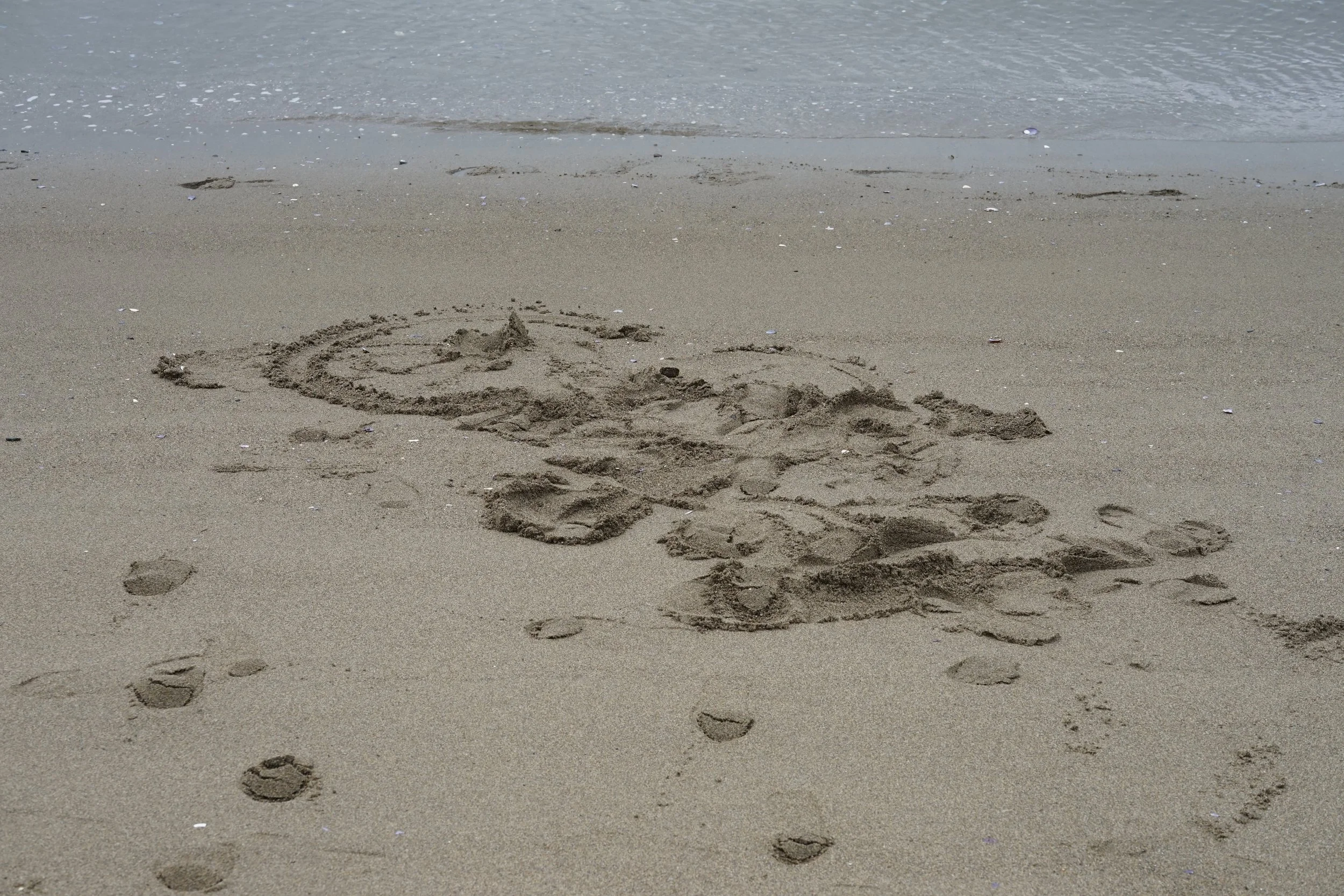Spirals are cool because..
In Chinese martial arts - especially in Chen Taiji, which I studied for many years with my late teacher Master Xu Gong Wei - there is a concept called Chan Ssu Chin, or silk-reeling technique. I don’t know what “silk-reeling” ACTUALLY means - what silk? how reeling? - but what I know of the principle is that one looks for all the spirals and continuous movements in and around our bodies and the bodies around us. It is a way of moving efficiently, of connecting one part of the body to another part, of connecting one body to another body. It is through the spiral that one can, as the Chinese martial classics say, “defeat 10,000 pounds with 4 ounces”.
In my experience, the spiral allows you to find openings where there might seemingly be none. The spiral is a way to penetrate your enemy’s defences, to escape from a locked hold, to transform emptiness to fullness, fullness to emptiness. It is the mobius strip that connects inside surfaces to outside surfaces. It is the infinity symbol, the Yin Yang symbol, the Buddhist and Hindu swastika: all these symbols tell the story of the importance of movement, of allowing movement. Of allowing change. Being one with everything through moving along the spirals that are in and around us.
Consider your bones. Notice how they are spirally structures.
Consider your muscles wrapping, spiralling around these bones.
Consider the curves of your organs (the heart is a spiral!).
Consider how trees spiral towards the light; the spiral allowing the trees to lean at impossible angles to get towards light.
Consider the spirals of weather systems, the solar systems.
Consider your foot turning on the ground, the planet turning beneath your feet, the sky turning around you.
Traces in the sand left by Justine and Su-Feh spiralling by the sea. Photo by Josh Hite.
Here are some additional ancient Daoist wisdoms* that have helped me navigate spirals.
From Chan San-Feng (1279-1386):
Up or down, front or back, left or right, are all the same.
These are all i (mind) and not external.
If there is up, there is down; if there is forward, then there is backward; if there is left, then there is right.
If the i wants to move up, it contains at the same time the downward idea.
By alternating the force of pulling and pushing, the root is severed and the object is quickly toppled. without a doubt
From Wu Yu-Hsiang (1812-1880):
Be still as a mountain, move like a great river
It is said, “if others don’t move, I don’t move. If others move slightly, I move first”
*These are excerpts from a publication called THE ESSENCE OF T’AI CHI CH’UAN The Literary Tradition, Translated by Benjamin Pang Jeng Lo, Martin Inn, Robert Amacker, Susan Foe;
published by North Atlantic Books, Berkeley, California 1985
